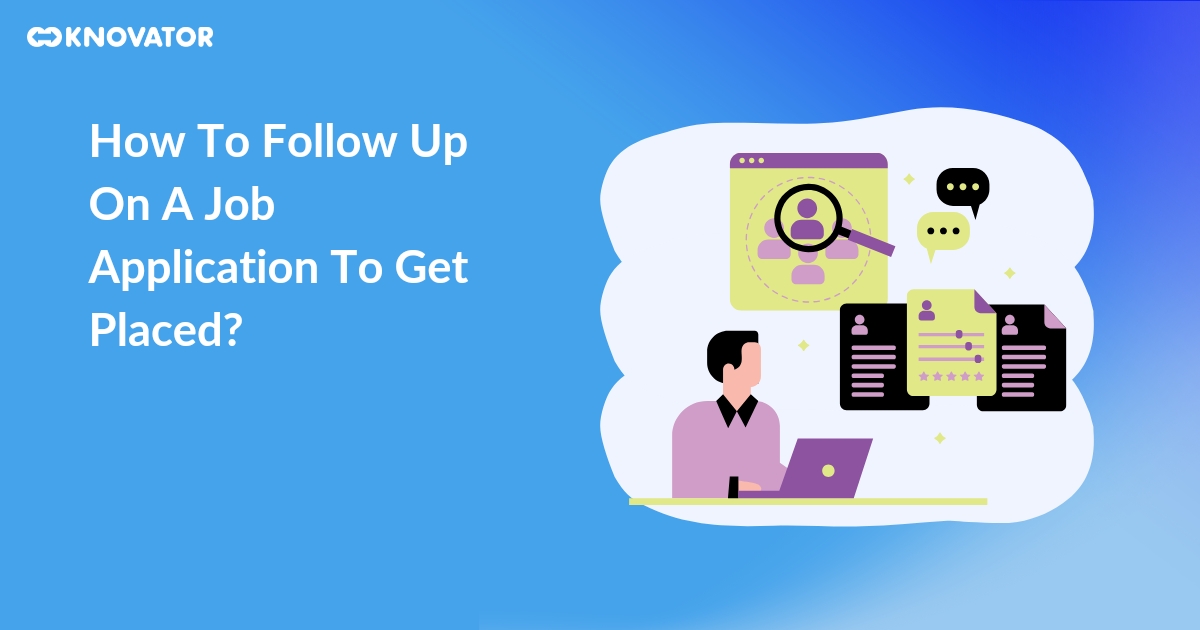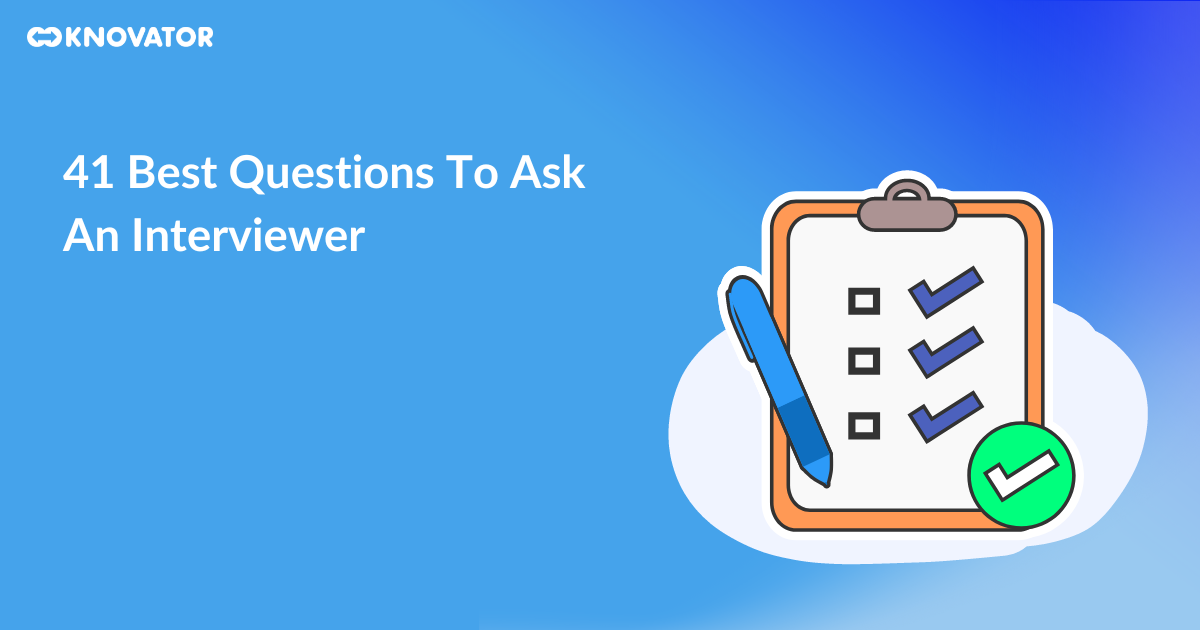Landing your dream job is like bringing in a catch that will earn a reward– it takes patience, skill, and a strategic tug at the right moment. You’ve crafted your resume, nailed the interview, hopefully, and submitted your job application. But the silence stretches on, leaving you wondering, “Did they even receive my resume? Are they ghosting me?
Fear not, fellow job seeker! This is where the art of the follow up on a job application comes in. It’s not about nagging. This is about politely reminding the hiring managers of your interest. It’s also about showcasing your continued enthusiasm. Timing your follow-up correctly can mean the difference between securing your ideal job and getting lost in the shuffle of resumes.
So, prepare to cast your net and hook that job offer! Let’s dive into the essential strategies for a successful follow-up that’ll land you in the interview chair, not the rejection pile.
How Do I Find The Right Person To Follow Up?
You’ve crafted the perfect follow up on a job application. However, reaching the right person can render it effective. So, who holds the key to unlocking your job search success through a well-placed follow-up? Here’s your guide:
1. The Hiring Manager:
This is usually your prime target. Look for their name in the job description, company website, or LinkedIn. Aim for the department head or someone directly involved in the hiring process if unavailable.
2. Your Recruiter Contact:
If you applied through a recruiter, they’re your direct line to the hiring manager. Follow their specific guidance on follow-up etiquette.
3. Networking Magic:
Did you connect with someone at the company during your job search? Leverage their insights to identify the right follow-up target. Seek their advice on navigating the specific company culture.
Remember, a personalized and targeted approach is key. Don’t send generic messages – research the specific person and tailor your follow-up accordingly.
How To Follow Up On A Job Application?
You’ve hit submit on your application, and the waiting game begins. But here’s the secret: waiting passively isn’t your best bet. A well-timed and strategic follow-up can significantly increase your chances of landing the interview. Follow up on a job application can show hiring managers your genuine interest. It can remind them of your qualifications and help you stand out.
1. Timing matters

2. Perform your research

3. Leverage Your Connections

4. Don’t Get Creepy

5. Choose the right mode of communication
Email is typically the preferred method for follow-ups. It allows the hiring manager to respond conveniently and record your communication. Check the job description or company website for specific instructions. Phone calls can be effective, but use them sparingly and only if appropriate for the company culture. For instance, a small startup might be more receptive to a phone call. A large corporation might have a formal application process. Remember, using the right platform shows respect for their time and preferred communication methods.
6. Craft a compelling email body

7. Be ready for a response

8. Stay polite and professional
Remember, you’re aiming to leave a positive impression. Use a formal tone, avoid slang or informal language, and proofread carefully for typos or grammatical errors. Avoid sounding desperate or demanding. Instead, focus on expressing your continued interest and enthusiasm for the opportunity.
9. Personalize your message

10. Keep it brief

11. Ask about the hiring timeline

12. Follow up again if required

13. Stay positive and go on with job hunting

Following up on a job application might seem daunting, but it’s a powerful tool in your job search weapon. By strategically crafting your message and demonstrating your enthusiasm, you can increase your possibility of landing the interview and, ultimately, the job you deserve. Respect professional boundaries to help achieve this. Remember, persistence and professionalism are key.
Cast Your Net For Job Success
Remember, landing your dream job isn’t a passive game. By strategically following up on a job application, you transform yourself from a silent applicant into an engaged candidate. Your well-timed message reminds the hiring manager of your skills. It also showcases your continued interest and helps you stand out from the crowd.
Following these tips doesn’t guarantee an offer, but it significantly increases your chances. Remember, patience, professionalism, and a personalized approach are key. So, cast your net with a well-crafted follow-up, and reel in the opportunity you deserve!
Keep in mind, job hunting is a journey. Don’t get discouraged by setbacks. Stay positive, continue your search, and leverage the power of the follow-up to land your dream job!
Good luck!










